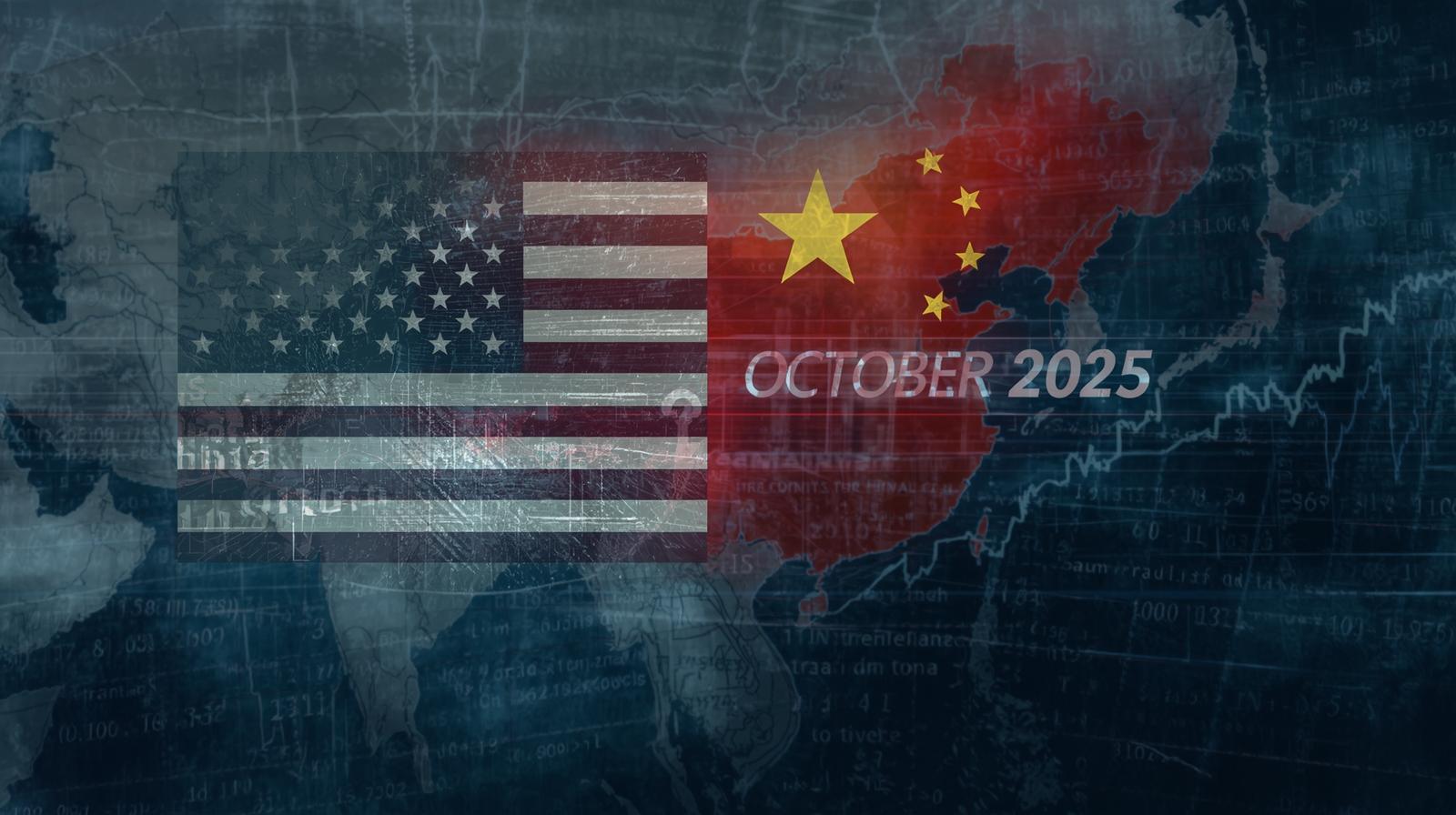- Trade Negotiations in Kuala Lumpur, Malaysia | October 24–27 | Sec. Scott Bessent, Amb. Jamieson Greer <> Vice-Premier He Lifeng (何立峰)
- Leaders’ Summit in South Korea (on the Sidelines of APEC) | October 30 | President Donald Trump <> President Xi Jinping
The United States and China are engaging in two high-level meetings in late October 2025, amidst escalating trade tensions and threats of extremely high tariffs. The negotiations in Kuala Lumpur today aimed to de-escalate friction and pave the way for a crucial bilateral meeting between the heads of state on the sidelines of the Asia-Pacific Economic Co-operation (APEC) Summit in South Korea.
A central issue driving the urgency of these talks was the threatened imposition of an additional 100% US tariff on Chinese goods starting November 1, unless China rolls back its tightened restrictions on rare earth exports. Furthermore, a fragile trade truce that had prevented triple-digit tariffs is still set to expire on November 10, so both sides are keen on negotiating a pathway forward.
- Kuala Lumpur Trade Negotiations (October 24–27)
This was the fifth round of trade talks since May, held in Malaysia alongside the upcoming ASEAN summit.
The Chinese delegation was led by Vice-Premier He Lifeng, China’s top economic official and trade negotiator. The US delegation, headed by Treasury Secretary Scott Bessent USTR Rep. Jamieson Greer, upheld the goal of engaging in consultations on key issues. Secretary Bessent expressed optimism about the talks, but emphasized the high stakes, including further escalatory measures if relief on Beijing’s rare earths regime could not be negotiated.
1. Rare Earth Export Controls: An important topic for analysts, as China dominates global production of rare earths, which are crucial in production of cars and smartphones. China tightened controls earlier in October, incitingTrump to threaten higher tariffs.
2. Tariff Escalation Risk: The US is holding firm on the threat of 100% tariffs if Beijing doesn’t remove export limits. The US administration also threatened potential export curbs to China on critical software.
3. Agricultural Agreements: The US delegation seeks China’s commitment to resume soybean purchases, which China halted in September, detrimentally impacting US farmers.
Initial reactions indicate that the talks were “tense but ongoing” and did not yield an immediate breakthrough. However, the negotiations succeeded in keeping the dialogue open, signaling that both sides wished to prevent a major rupture before the subsequent high-profile summit between the leaders. China’s Commerce Minister Wang Wentao ( 王文涛) expressed optimism on finding mutually-beneficial solutions.
- Trump-Xi Summit in South Korea (October 30)
The White House confirmed that President Donald Trump will meet his Chinese counterpart Xi Jinping in South Korea on October 30th.
The bilateral meeting is scheduled to take place on the sidelines of the APEC Summit , which will run from October 31 to November 1 in Gyeongju, South Korea. This meeting will be the first face-to-face meeting for both leaders since Trump’s return to office. They last met in person in 2019. The leaders have spoken at least three times this year, most recently in September concerning the potential limits on TikTok operations.
President Trump noted they have a “pretty long meeting scheduled” and that he hopes the two superpowers can “work out a lot of our doubts and questions”. He believes speaking directly to Xi is the most effective approach to resolving persistent tensions.
Key topics expected to be covered include:
- Trade Deal and Tariffs: Resolving the ongoing trade disputes and preventing the activation of the 100% tariffs. Trump has voiced optimism about reaching a deal but cautioned that it might not materialize.
- Rare Earths and Soybeans: Trump expects to strike a deal regarding rare earths and discuss soybean purchases.
- Geopolitical Issues: Discussion of fentanyl trafficking and the war in Ukraine/Russia . Trump specifically stated he will push Xi to stop Chinese companies from purchasing Russian oil, following new US sanctions imposed on Moscow.
Trump’s wider Asia trip also includes stops in Malaysia and Japan, as well as bilateral meetings with South Korean President Lee Jae Myung and Japanese Prime Minister Sanae Takaichi spurring conversations on recent tariff implementations and sector-specific talks.

